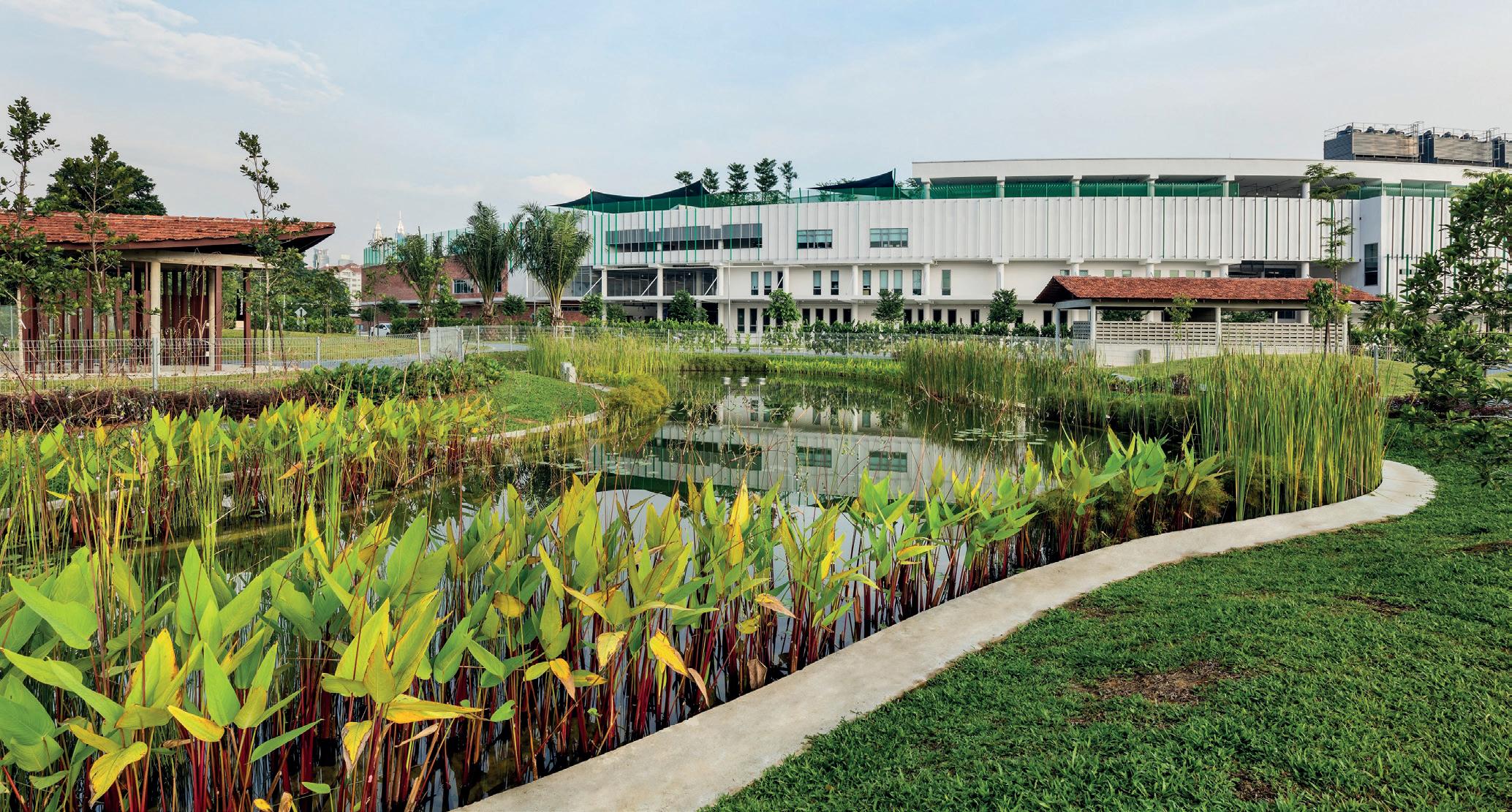Book reviews
Should Robots Replace Teachers? AI and the Future of Education by Neil Selwyn Polity Press, Cambridge (2019) Reviewed by Naaz Kirmani The title of this book aptly presents the dilemma faced today by educators, policy makers, organizations and individuals in formal educational settings. The book provides a reflective, challenging and comprehensive narrative of the present educational landscape and technological developments impacting formal learning environments. The author, Professor Neil Selwyn, is one of the leading academics on technology and education at Monash University, Australia. His research and teaching focuses on the place of digital media in everyday life, and the sociology of technology (non) use in educational settings. The book presents five chapters that critically examine technological developments such as autonomous classroom robots, intelligent tutoring systems, learning analytics, and automated decision making, and accentuates the role of human teachers in the midst of a digital revolution. In the Preface, Selwyn argues that the integration of digital technology into society must be presented as a choice, and must not rely on what he describes as ‘technological singularity’. He emphasises that discussions around Artificial Intelligence (AI) and education must be viewed in the realm of values, judgements and politics. Selwyn quotes David Cohen’s view of teachers as part of the ‘human improvement professions’, thus broadening the focus of teaching to include the development of character as well as the acquisition of knowledge. Drawing on the philosophies of John Dewey and David Cohen, in the first chapter of the book Selwyn further highlights the complexities of teaching. This chapter lucidly presents the historical development of technology and education. There is a clear emphasis on approaching AI in education along social, political and economic lines. Selwyn argues that support for AI in education results from broader political struggles and corporate desires to reform formal educational settings. He highlights the impact of neoliberalism on societies that led to a shift towards Winter
Summer |
| 2020
privatization, increased individualism, a focus on data-driven efficiencies and accountabilities. He further raises important sociological concerns over possible inequalities associated with the increased automation of teaching. The second and third chapters present important information on the potential and practicalities of classroom robots. They present scenarios of teacher robots, humanoid robots, intelligent tutoring systems and pedagogical assistants in formal learning environments in different contexts. Selwyn critically analyses these developments and questions the capacity of AI to replicate social, emotional and cognitive qualities of human teachers. He further urges nuanced discussions on the ethical implications of having physical robots in the classroom which raises clear issues of privacy in formal educational settings. The fourth chapter, Behind-the-Scenes Technologies, covers a range of sophisticated examples of AI-driven education applications that present the obvious potential of the new technologies to change many aspects of teaching in profound ways. Selwyn argues that despite the growing capacity of digital technology, few people anticipate the elimination of humans from formal educational settings. Interestingly, he is critical of the individualised approaches offered by the new technologies and argues that there are likely injustices of individualized learning, which may only benefit a privileged group. He also highlights the limitations of the educational
[This book] lucidly examines the potential benefits and pitfalls of Artificial Intelligence in the formal education context. 69





























